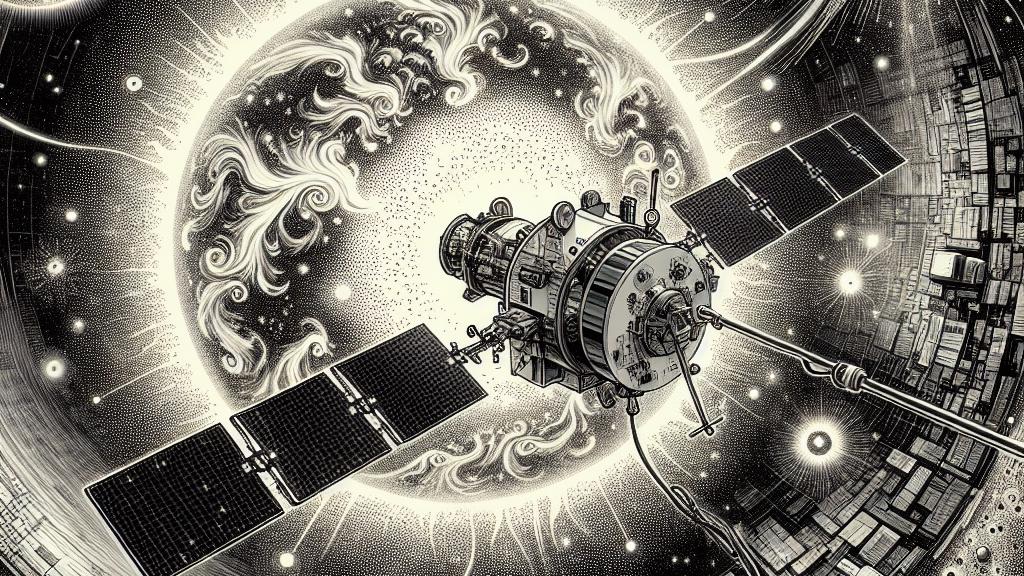GOES-19 Satellite Reveals Stunning Imagery from Solar Observations
Overview
- The GOES-19 satellite's Solar Ultraviolet Imager (SUVI) is a cutting-edge tool for solar monitoring.
- It recently captured an extraordinary X9 flare, the strongest event of the current solar cycle.
- These observations are crucial for predicting space weather impacts that can affect our daily technology.

Introduction to GOES-19 and Its Mission
Launched on June 25, 2024, the GOES-19 satellite represents a monumental leap in satellite technology for the United States. Equipped with the Solar Ultraviolet Imager (SUVI), it began its crucial observations of the sun on September 24, 2024. By focusing on extreme ultraviolet wavelengths, SUVI allows researchers to analyze solar activities in fascinating detail. For example, it captures the majestic dance of solar plasma and magnetic fields that produces different solar phenomena, including sunspots and solar flares. Such monitoring is vital, as these solar disturbances can significantly impact not only our power grids but also communication systems that many rely on. Clearly, SUVI acts as both a protector and a guide, helping us navigate the complexities of solar dynamics with real-time data.
Noteworthy Solar Events Captured by SUVI
On October 3, 2024, SUVI recorded a stunning event: an X9 solar flare that was the most powerful in the current solar cycle. Visualize this—an explosion on the sun sending a torrent of high-energy particles cascading through space! Such powerful flares fall into the X-class category, indicating their potential for causing widespread disruptions on Earth, such as radio blackouts and GPS failure. As our sun approaches its solar maximum, we can expect to witness a higher frequency of such explosive solar events. This particular flare serves as a striking example of the sun's unpredictable nature and its ability to influence our technology. SUVI’s real-time observations provide critical insights into these captivating, yet alarming moments in solar activity, emphasizing its vital role in monitoring the sun.
The Importance of Monitoring Space Weather with GOES-19
The continuous stream of data from GOES-19 not only enriches our scientific knowledge but also plays a pivotal role in preserving the stability of Earth’s technological infrastructure. For instance, when the X9 flare occurred, the Space Weather Prediction Center (SWPC) quickly issued alerts to inform power utilities and satellite operators, enabling them to prepare for potential geomagnetic storms. This proactive approach is crucial; failing to act could lead to significant disruptions, ranging from power outages to communication failures. It's fascinating to know that the very technology intended to enhance our lives can be affected by something as distant as solar activity. By harnessing the insights provided by SUVI, we ensure that we are ready for whatever the sun decides to unleash next. Ultimately, the GOES-19 satellite serves not just as a scientific instrument, but as a critical guardian in our increasingly technology-dependent world.

Loading...